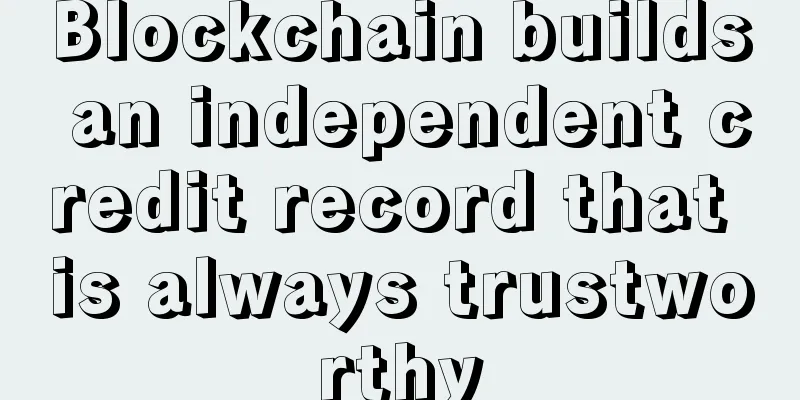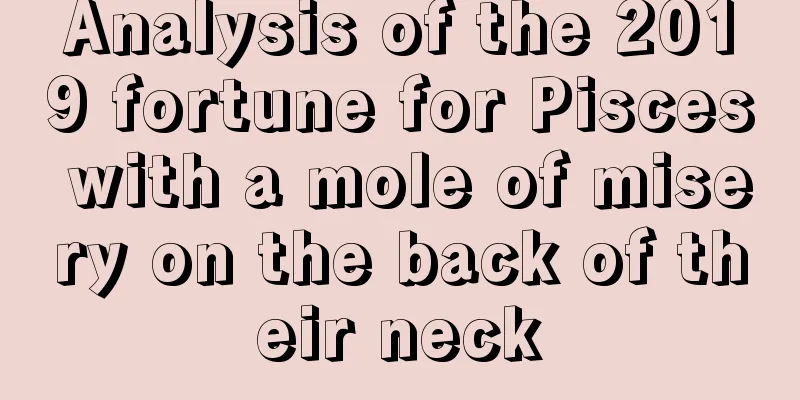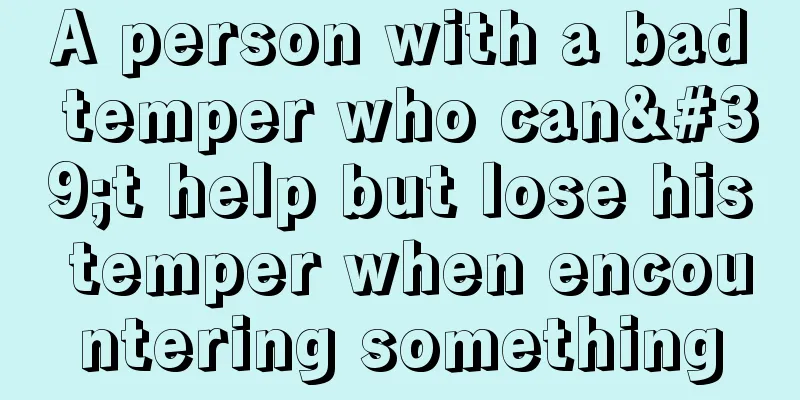Blockchain builds an independent credit record that is always trustworthy

|
Blockchain, especially the blockchain represented by Ethereum, is a fully distributed database + distributed computing system built on the Internet. The characteristics of this system are:
You can think of blockchain as the next generation of the Internet. So how can we use blockchain technology to build a decentralized, highly private, and third-party record system where information cannot be tampered with by anyone? This article explores this from one perspective. Consider using blockchain technology to record loan contracts and performance to solve three key problems:
The loan contract relationship can be: C2C, B2B, B2C, and even C2B in the future. The loan relationship and performance record will be permanently recorded in the blockchain in the form of a contract account. For scenarios where both the borrower and the lender are C-end users: 1. The registration process should be: both the borrower and the lender need to register on the platform and undergo identity verification; 2. Lenders can use the platform to query the borrower's borrowing summary: only the time + the word borrowing, and can learn the details for free or for a fee, depending on the information level set by the original lender (anonymous); 3. The borrower initiates a registration request (including the loan period), and the registration takes effect after the borrower and lender sign and confirm; 4. After the contract expires, the system will prompt the lender to provide feedback (a. The contract is performed normally b. The contract is extended (if the extension is extended, the borrower needs to confirm it again) c. The contract is breached, and the lender selects the information level: public, encrypted, or paid query; For corporate users, it is an embedded usage scenario: 1. When establishing a lending relationship, the microfinance company (or P2P company) system registers and opens an account on the platform through the API, and initiates a request to register the lending relationship in the name of the borrower; 2. After the application initiated by the borrower is approved, the company system notifies the platform through the API that the lender has confirmed it; 3. After the contract expires, the platform prompts the lender to provide feedback (a. The contract is performed normally b. The contract is extended (if the extension is extended, the borrower must confirm it again) c. The contract is breached, and the lender selects the information level: public, encrypted, or paid query; 4. If the borrower applies for an extension and is approved, the company system will notify the platform in advance through the API that the contract is being performed normally and a new registration contract will be signed. At this point, the decentralized, highly private, and information-untamperable third-party system built with blockchain technology has been basically completed. It should be pointed out in particular that Ethereum's smart contracts are needed to effectively implement related functions and deployments. |
Recommend
What does the forked love line mean? Where is the best place for the forked love line?
The love line, as the name suggests, represents o...
People who are prone to trouble in life
Most unlucky people have similar facial features....
What does a long lifeline mean? Does a long lifeline mean longevity?
Many people who have only a vague knowledge of pa...
Is it good to have one eye bigger than the other?
In fact, when we look at a person's face, the...
Judging from your facial features whether you can go abroad
By Dr. Zheng Who is suitable for traveling abroad...
Physiognomy Illustrated Complete Guide to the Pincushion
Physiognomy is a type of physiognomy and a way fo...
Who will die early in the palm of your hand?
In fact, people’s lifespans are often different. ...
A complete explanation of the physical characteristics of a person with a rich and noble destiny. What physical characteristics indicate a person with a rich and noble destiny?
Everyone hopes to be rich by nature. Whether a per...
What is Broken Mountain Root in Physiognomy?
Everyone hopes that their facial features are per...
How to read palm lines? Palm lines can tell fortune and wealth. Palm lines can tell wealth.
How to tell your fortune and wealth from your pal...
Vermillion mole fortune telling can tell a person's fate in life
Vermillion mole fortune telling can tell a person...
What is the fate of a woman with broken eyebrows? She is alienated from her family.
Eyebrows come in many shapes, such as sword eyebr...
What are the facial features of a long-lived woman? What are the characteristics of the palms of long-lived people?
The length of a person's life can actually be ...
Chin analysis of women's destiny
Click to calculate your 2014 annual fortune 1. Sm...
Monero will hard fork at block height 1685555 on October 18
Monero has released a new version including a cor...









